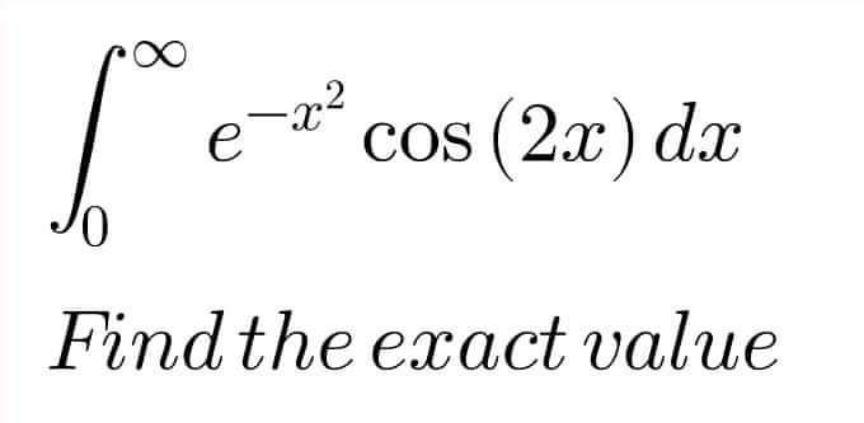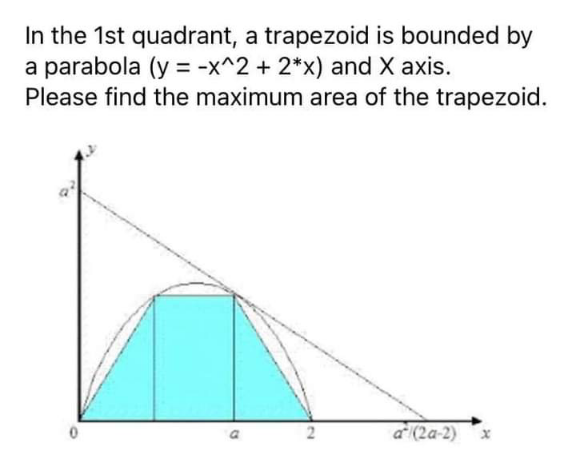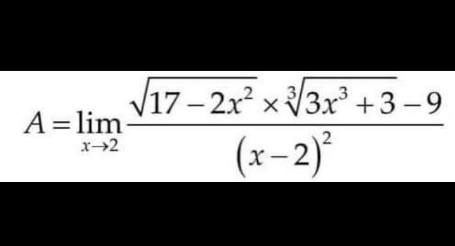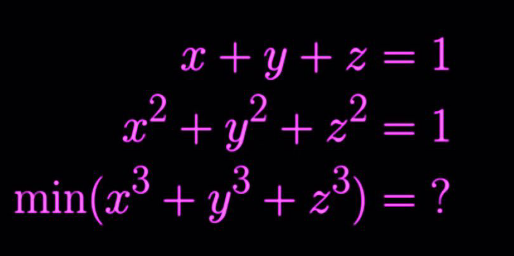
AllQuestion and Answers: Page 521
Question Number 167647 Answers: 2 Comments: 0

Question Number 167626 Answers: 0 Comments: 0
Question Number 167624 Answers: 2 Comments: 0
Question Number 167633 Answers: 1 Comments: 6

Question Number 167630 Answers: 0 Comments: 0

Question Number 167617 Answers: 3 Comments: 0
Question Number 167616 Answers: 0 Comments: 0
Question Number 167615 Answers: 0 Comments: 0
Question Number 167612 Answers: 0 Comments: 1

Question Number 167609 Answers: 1 Comments: 0

Question Number 167601 Answers: 0 Comments: 0

Question Number 167598 Answers: 1 Comments: 0
Question Number 167596 Answers: 1 Comments: 0
Question Number 167594 Answers: 1 Comments: 0

Question Number 167593 Answers: 2 Comments: 0

Question Number 167588 Answers: 1 Comments: 0
Question Number 167586 Answers: 2 Comments: 1
Question Number 167628 Answers: 0 Comments: 1

Question Number 167627 Answers: 0 Comments: 0

Question Number 167576 Answers: 1 Comments: 1
Question Number 167567 Answers: 1 Comments: 3
Question Number 167566 Answers: 1 Comments: 0

Question Number 167562 Answers: 1 Comments: 0
$$\:\:\:\:\:\:\:\:\int\:\frac{{e}^{−{x}} }{\mathrm{1}+{e}^{{x}} }\:{dx}=? \\ $$
Question Number 167554 Answers: 3 Comments: 0
Question Number 167550 Answers: 2 Comments: 0

Question Number 167549 Answers: 0 Comments: 0

Pg 516 Pg 517 Pg 518 Pg 519 Pg 520 Pg 521 Pg 522 Pg 523 Pg 524 Pg 525
